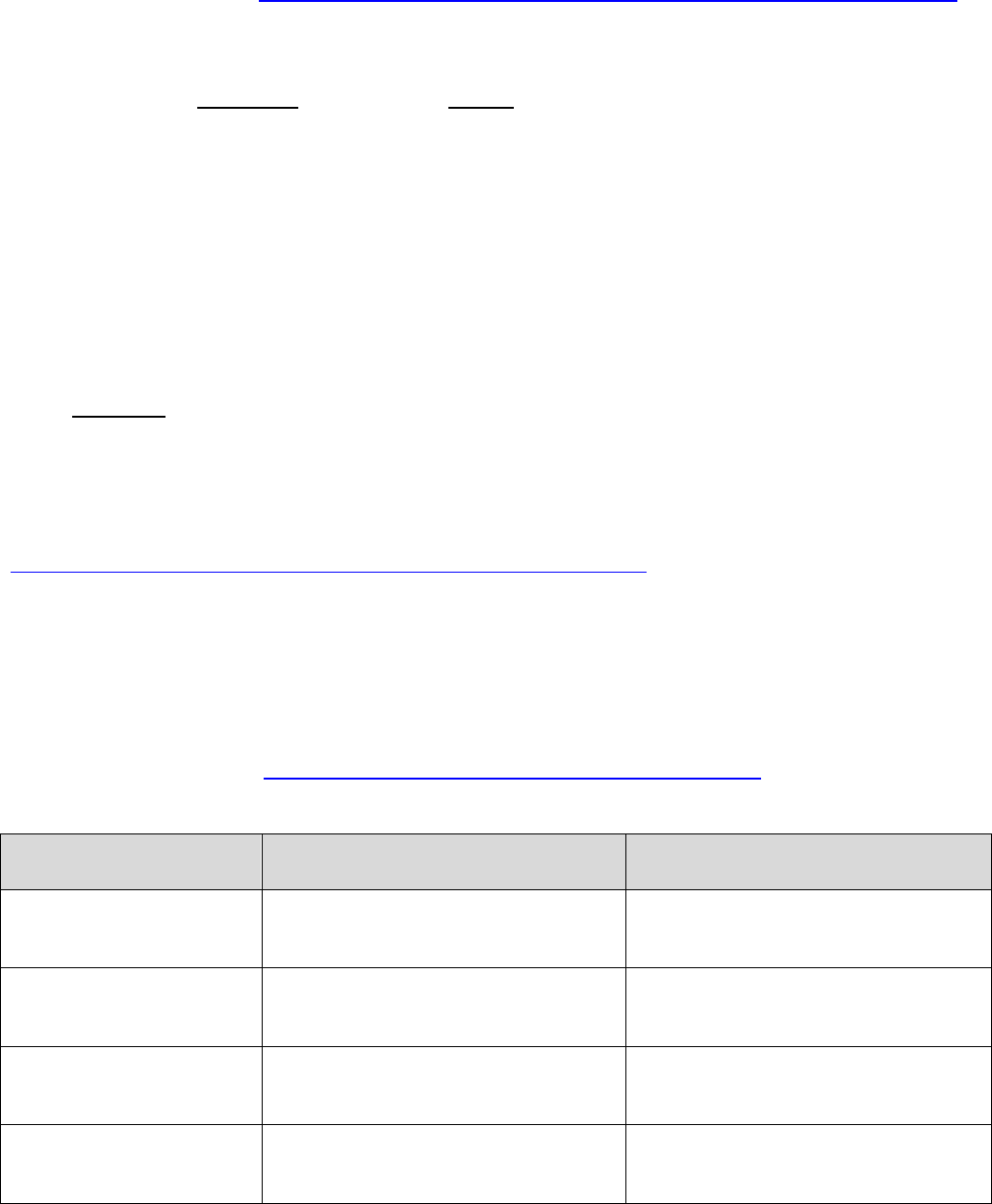
Weathering, Erosion, and Deposition Name: _______________________
Webquest and Study Guide Date: _____________ Period: ___
Part 1: Weathering vs. Erosion vs. Deposition
1. Go to the following website: http://science.howstuffworks.com/environmental/earth/geology/landslide2.htm
2. Define weathering: _________________________________________________________________.
3. CLEARLY explain how weathering is different from erosion:
___________________________________________________________________________________________
___________________________________________________________________________________________
4. List the two types of weathering and list all examples. Be complete, you may use the textbook as well.
a) _________________________________________________________________.
b) _________________________________________________________________.
5. Define deposition: _________________________________________________________________.
Part 2: Grand Canyon
6. Go to the following link and click “View” to watch a short video for how the Grand Canyon was formed:
http://www.teachersdomain.org/resource/ess05.sci.ess.earthsys.canyon/ Summarize its formation process.
___________________________________________________________________________________________
___________________________________________________________________________________________
Part 3: BrainPop- Erosion Video
7. Go to the following website: http://www.brainpop.com/science/earthsystem/erosion/ (Login: Vesbrainpop PW: bluebird)
8. Feel free to pause and rewind the video to complete the table below:
4 main causes of Erosion
Describe this process
Land features formed as a result?

Take the “Graded Quiz” once the video is over. Write the correct answers to each question below:
1) What type of changes does erosion cause? _____________________________________________
2) Erosion occurs when natural forces alter a landscape. What does it mean to alter a landscape?
___________________________________________________________________________________________
3) Which term best describes the rate at which glacial erosion takes place? ________________________________
4) What is the usual result when the ocean breaks pebbles into smaller and smaller pieces? ___________________
5) Which of the following features would be most affected by weathering? ________________________________
6) How would a sandblasted rock differ from a rock that hasn’t been sandblasted? __________________________
________________________________________________________________________________________
7) Why is it hard to see glacial erosion in action? ______________________________________________________
8) What do floodplains, sandbars and river deltas have in common? ______________________________________
9) Based on the information in the movie, what would be a simple way to prevent erosion? ___________________
10) Based on the information in the movie, what can you infer about the type of erosion that formed the Grand
Canyon? ____________________________________________________________________________________
How did you score? _______________
Part 4: Minerals
11. What is the five part definition for an
object to be considered a mineral?
a)
b)
c)
d)
e)
12. Name seven characteristics that can be used to
describe minerals:
a)
b)
c)
d)
e)
f)
g)

Directions: Define the three terms, then cut out the squares and paste them into the correct column!
Weathering:
Erosion:
Deposition:

Cut out and paste into the correct column!
A mudslide
flowing down a
steep hill
Waves dropping
sand on the
beach
Muddy water
being carried
away by a fast
moving river
Layers of
sediment
forming at the
bottom of the
ocean
Water getting
into cracks,
freezing and
breaking the
rocks apart
Flood water
pounding
against a canyon
wall and wearing
it down
Landforms
called deltas
that form
where rivers
flow into other
bodies of water
such as a sea.
Wind blowing
rocks together
forming smaller
rocks
Wind blowing
sand from one
location to
another
Glaciers
scraping rocks
across the
Earth’s surface
Glaciers that
drop rock, sand,
and other
debris forming
landforms
called moraines
Rain washing
away soil from a
hillside
